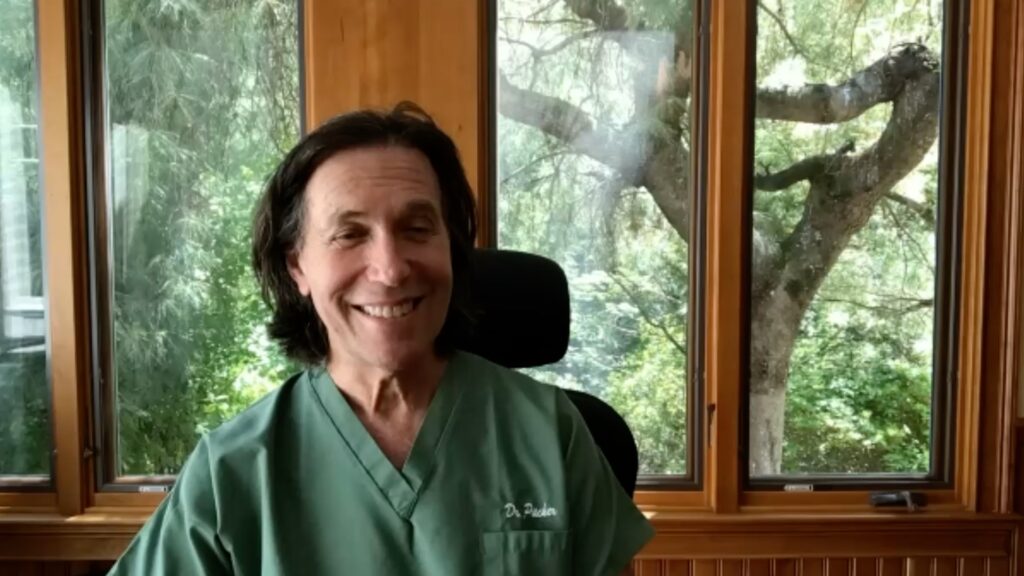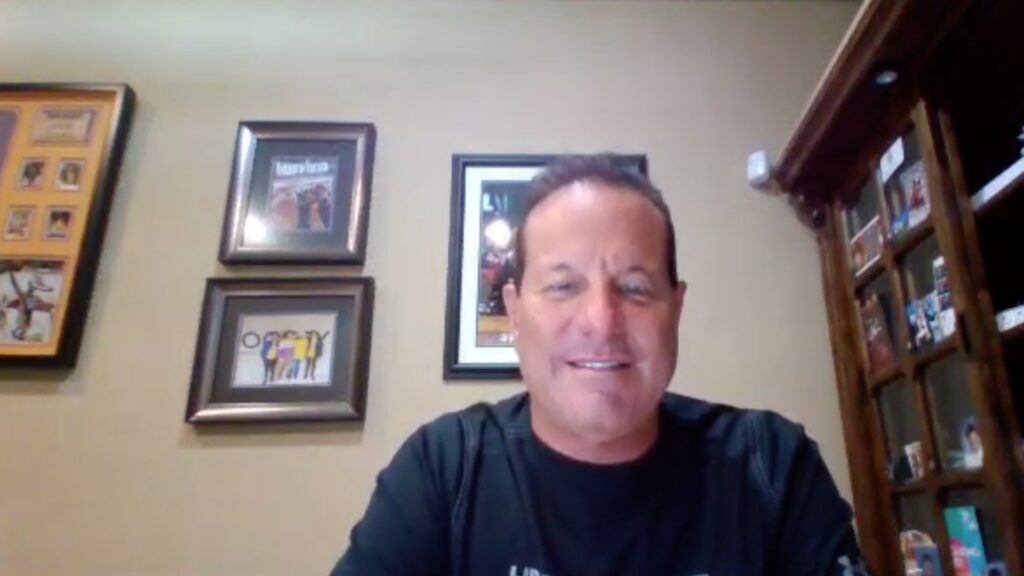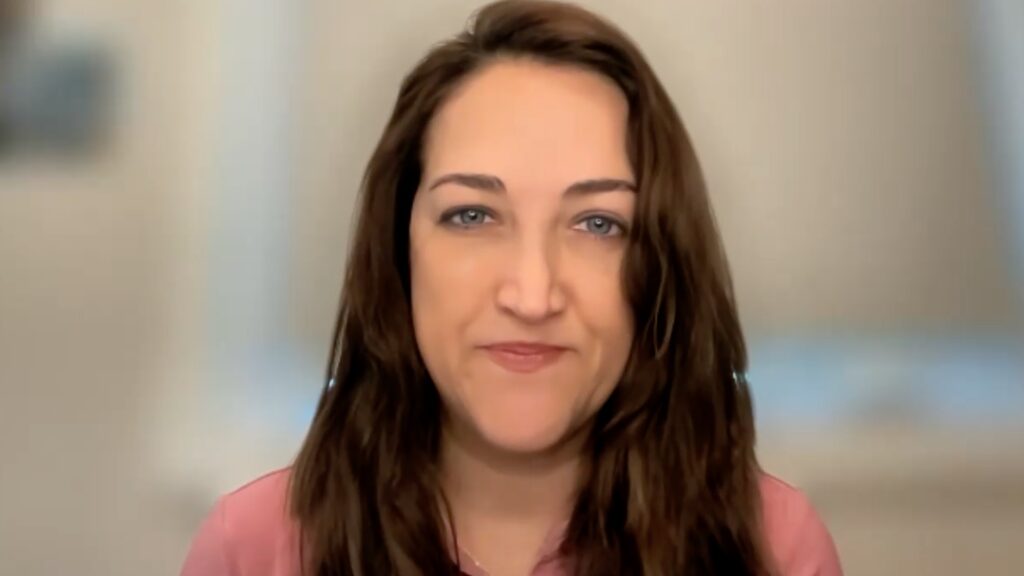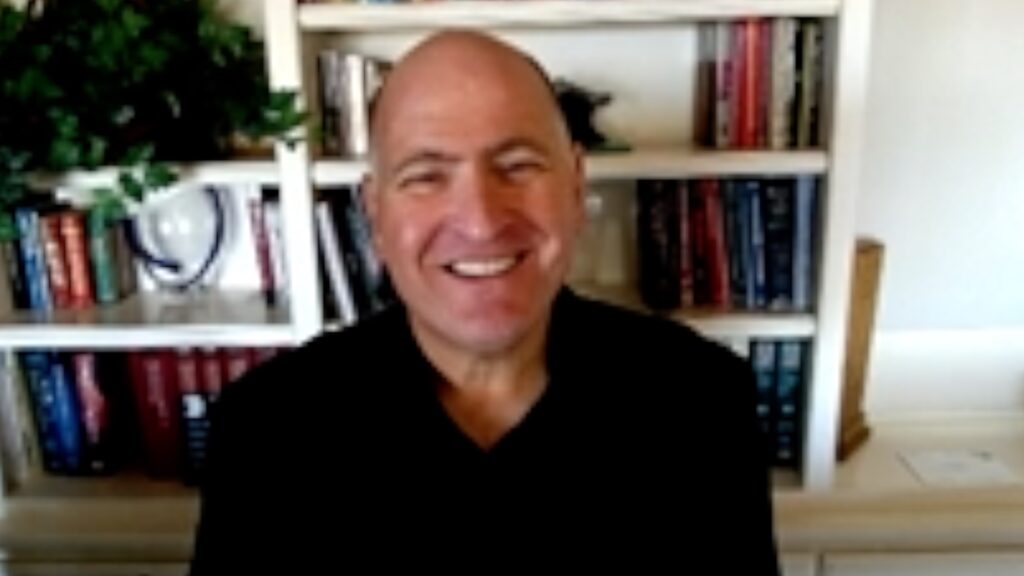Dr Leonard K Seibold (University of Colorado, Aurora, CO, USA) talks us through his recent findings on refractive outcomes in patients undergoing cataract surgery. He discusses postoperative refractive surprises, including how to determine which patients are at greatest risk of refractive suprise, and shares his insights on avoiding it.
Questions:
- Could you tell us a little about your 2018 retrospective study looking at refractive outcomes in patients that underwent cataract surgery? (0:16)
- What gaps exist in our understanding of refractive outcomes in glaucoma patients undergoing minimally invasive glaucoma surgery and cataract surgery? (2:39)
- How do you determine which glaucoma patients are at greatest risk of refractive surprise? (3:56)
- What procedures do you recommend to minimize the risk of refractive surprise? (5:03)
- What other tips can you share for avoiding refractive surprise? (7:24)
The presentation entitled, Avoiding Post-op Refractive Surprises in Glaucoma Patients was presented at the Hawaiian Eye and Retina 2023 meeting, 14–20 January, 2023.
Disclosures: Leonard K Seibold is a consultant for New World Medical, Allergan, Oculus Surgical; and has receivedg rant/research support from New World Medical and Glaukos.
Support: Interview and filming supported by Touch Medical Media. Interview conducted by Lisa Glass.
Filmed as a highlight of Hawaiian Eye and Retina 2023.
Click here for more content from Dr Leonard K Seibold.
Hi, my name is Leo Seibold. I’m from the University of Colorado, professor in ophthalmology. I primarily treat glaucoma and cataracts.
Could you tell us a little about your 2018 retrospective study looking at refractive outcomes in patients that underwent cataract surgery? (0:16)
So the study we did in 2018 was to look a little closer, dive into the question of how our glaucoma patients do with cataract surgery on a refractive basis. We know the benefits of cataract surgery in terms of its lowering effect on IOP for glaucoma patients and the ability to pair it with a MIGS procedure. But there wasn’t a lot of data that was available prior to that on how specifically glaucoma patients do from a refractive standpoint with cataract surgery. So at the University of Colorado, we have a cataract outcomes database, and we use that database to compare refractive outcomes, specifically looking at the rate of refractive surprise in our glaucoma patients compared to control eyes who had no history of glaucoma or other disease going on as well, and then identify risk factors for having a refractive surprise in those that did have it. And then the last question was what was the impact of pairing a MIGS procedure with cataract surgery on refractive outcomes if there was any negative impact with carrying a MIGS procedure? So we define refractive surprise in one of two ways. One would be a refractive outcome postoperatively that was outside of one diopter from what our target was preoperatively, and then a more stringent definition was outside of a half a diopter what our preoperative target was. And what we found was that the rate of refractive surprise outside of a diopter for non-glaucoma patients was 4.9% But for our glaucoma patients it was more than double this at 11.2% Using that stricter definition of just outside of a half diopter, the rate was 29% for non-glaucoma patients and 40% for glaucoma patients. So still a higher rate of refractive surprise in glaucoma patients, although that difference was not as great. And the main takeaway from the study was that the odds of a glaucoma patient having a refractive surprise was about 3 and 1/2 times that of a patient without glaucoma. And the second question, with regard to the impact of MIGS procedures, we found that for iStent ECP or the combination of iStent and ECP, none of them had a negative impact on refractive outcomes. So the rate of refractive surprise was no different. Whether or not we were doing a MIGS procedure at the same time.
What gaps exist in our understanding of refractive outcomes in glaucoma patients undergoing minimally invasive glaucoma surgery and cataract surgery? (2:39)
Well, I think we still don’t have a great understanding of should we be using a specific set of IUL calculation formulas in our glaucoma patients. And we need more data on the impact of MiGs. But so far, as a result of this study and a few others, we can feel more confident. I think that pairing a mix procedure at the time of cataract surgery is unlikely to have any negative impact on the refractive outcome for that patient. If we look at the particular sources of error for refractive surprise, that’s probably our biggest knowledge gap. So we’ve identified the fact that glaucoma patients are at a higher risk of refractive surprise, but the study really wasn’t geared towards identifying why, and we can make several assumptions as to why there’s certain features or characteristics of a glaucoma that are different that probably put it at higher risk. Chronic closure patients have much shorter axial lengths, open angle glaucoma have longer axial lengths. The lens vault and anterior chamber depth can be different, as amblyopathy can be coexistent. So understanding the reasons why they’re at high risk is, is probably the biggest gap still existing.
How do you determine which glaucoma patients are at greatest risk of refractive surprise? (3:56)
So from our study, we identified that all glaucoma patients were at higher risk of refractive surprise. But the two subtypes of glaucoma that were at particularly high risk were pseudo- exfoliation, glaucoma and chronic angle closure glaucoma. These are the patients, I think, that are at higher risk. The odds ratio for pseudo-exfoliation was 7.2 and for chronic angle closure was 14. So angle closure patients are at 14 times the odds of having a refractive surprise compared to a control eye. This is pretty significant. And so those are the patients I think we have to be very careful with and really interrogate our biometry pre-operatively and prep that eye and prepare the patient and set expectations in those specific subgroups for having a higher risk of refractive surprise outside of glaucoma subtypes. The only other feature that we identified as a risk factor was longer axial length. So those eyes who had axial lengths greater than 25 millimeters were at higher risk or the highest risk of having a refractive surprise.
What procedures do you recommend to minimize the risk of refractive surprise?
So I think there’s a lot of potential opportunity to minimize the risk of refractive surprise. I think, number one would be to optimize your diameter. And what I mean by that is we’re taking the data that we get from biometry to calculate these lenses. And we need to be using up to date technology, using OCT-based imaging to achieve the most accurate axial length and keratometry and have a very low threshold to repeat, repeat any outlier, any metric that has a high standard deviation or any significant asymmetry between two eyes. And you want to cross-check your symmetry with refraction, interrogate any discrepancies, and also cross-check your keratometry readings with a manual or topography reading. Probably the most important thing I would recommend is to optimize ocular surface, at the University of Colorado, this is what we found has made the biggest impact towards achieving more reliable outcomes with cataract surgery.
So everyone in our practice now gets preservative-free artificial tears four times a day for two weeks prior to their biometry. We treat lid disease as well, and if a patient has more severe ocular surface disease, we’ll even do maybe a two-week course of a topical steroid, start them on a prescription dry eye medication, and change their medications over to preservative-free formulations to optimize that corneal surface. And then even in the specific cases, if a patient has severe dry eyes, you could even bridge their topical therapy with an oral carbonic anhydrase inhibitor or maybe stop their topical meds if it’s safe to do so temporarily. And then in terms of glaucoma patients needing additional pressure lowering, I would choose a MIGS procedure over a blood forming procedure. This is one of the things we found in our study is that makes procedures have negligible impact on the refractive outcome for patients, whereas we filtering surgery can lead to shorter axial lengths, shallower inter chambers, the effect of lens position is more unpredictable. So combining with a trabecular to mirror tube is putting you at higher risk of refractive surprise, whereas combining cataract surgery with the MIGS procedure is likely to have negligible impact on the refractive outcome.
What procedures do you recommend to minimize the risk of refractive surprise?
The only other tips I would say is make sure you’re using a fourth-generation modern IOL calculation formula. There’s many of these available now at Universal, Olsen, Kane. All of these seem to perform much better at all axial lengths compared to older-generation formulas. Make sure you’re using an asterisk post-refractive surgery calculator and considering aberrometry for post-refractive eyes. But I’d say the main thing would be to make sure you’re setting reasonable patient expectations now that we know that glaucoma patients are at higher risk of refractive surprise. You want to counsel them on that increased risk. The fact that they may need glasses to see their best, either at near, distance or both. And in those extreme cases, in patient groups who are at higher risk, like pseudo-exfoliation or chronic angle closure, really emphasize this point. And if things are significantly out of target that an IOL exchange may be indicated or refractive surgery may be needed for correcting those large errors. So again, with most things setting patient expectations and having this data to steer that conversation, that counseling, I think, has been very helpful.
Subtitles and transcript are auto-generated.










